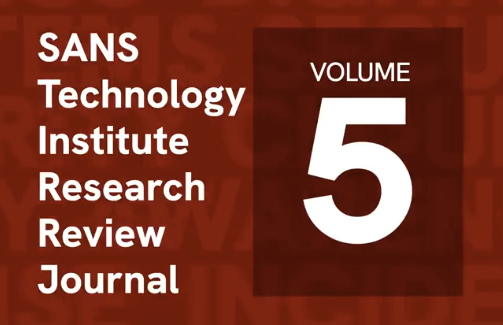Two-Factor Auth: Can we just Google the response?
Google announced earlier that they are now offering two-factor authentication to all of their users. More information is available at the Google Blog. This is an extension to the service offered to their Apps customers last month. While normally I would think that “advertising” a service wouldn’t fit in this diary, this is a little more then the regular new feature. In mind opinion, it’s a big change in how people think about two-factor authentication.
We have known for years that passwords are one of the weakest points in our security controls. Users pick weak ones or share them with anyone who asks nicely. Even security consulting firms will fall for simple social engineering attacks and reveal them. One answer that has been proposed often, but is shot down almost as often. Clients often tell me that the cost is to high to roll out a solution, which I have always felt was the wrong answer. Of course, I am the paranoid security nerd. When this happens, I propose one of two solutions that try to help lower the cost.
The first is where the site or organization passes on the cost to the user. Blizzard does this for their Battle.net accounts. If the user feels that they should use two-factor authentication, they can either pay for a fob (the token generator) or install a smart-phone application. Of course I always laugh that my virtual gold in my World of Warcraft account is safer then my real “gold” in my bank account.
The second route is the one Google has chosen. When a user activates the system, their log on process has an extra step. After entering their password, they receive a phone call or an SMS that has the token. They enter this into the form and if it’s correct, they gain access to their account. This lowers the cost of deployment because it removes the needs for a fob to be sent to every user.
So the questions are pretty simple. First, how do you think two-factor authentication should be implemented and how do you deal with the cost? Second, alliance or horde? ;-)
Kevin Johnson


Comments